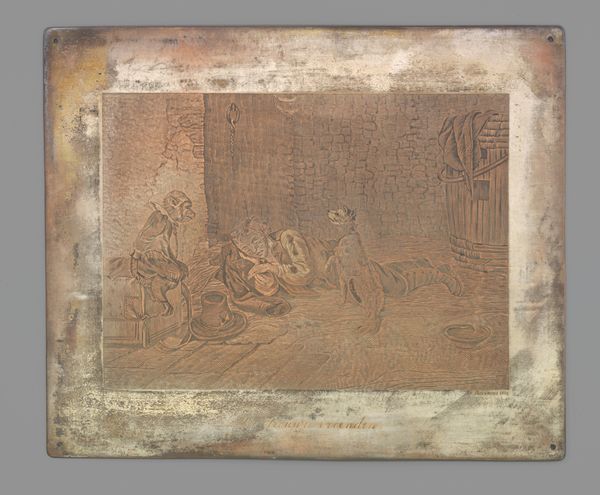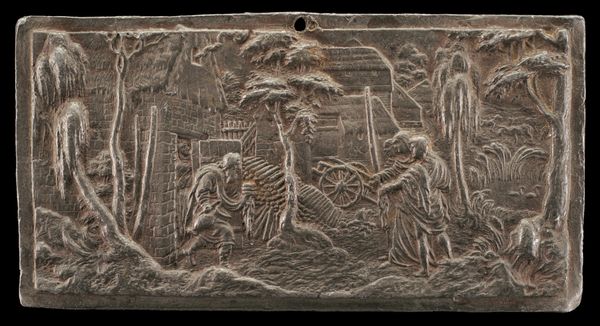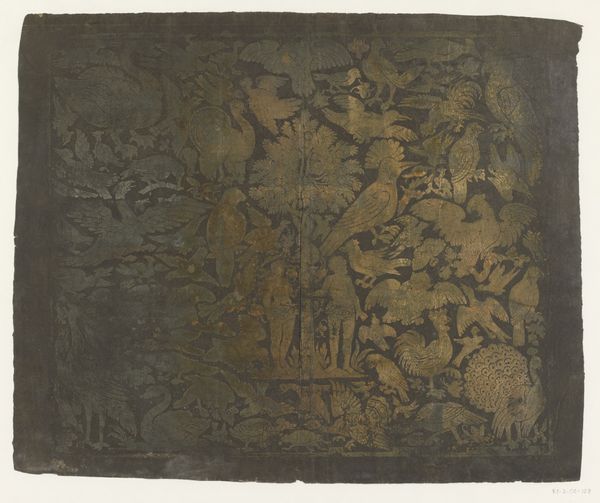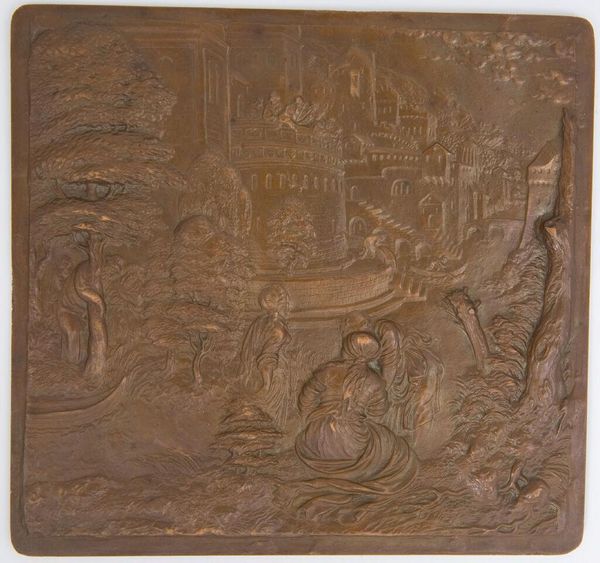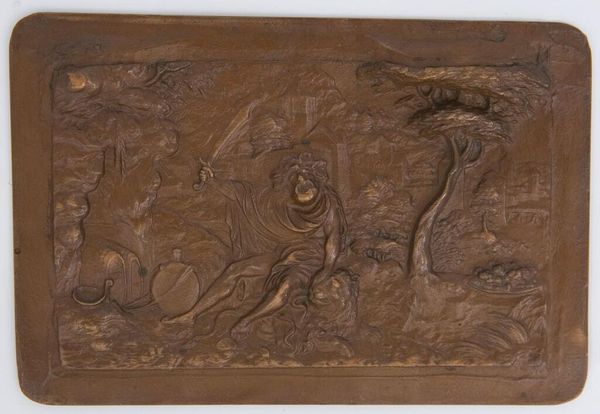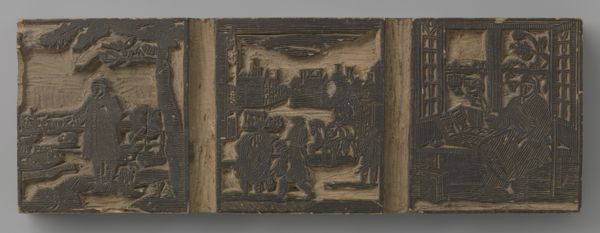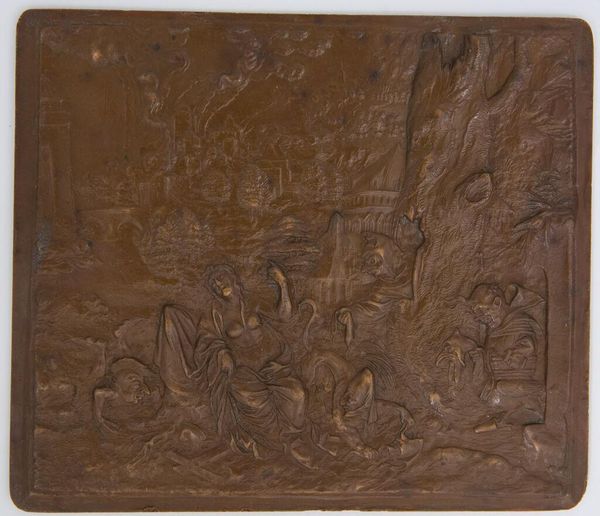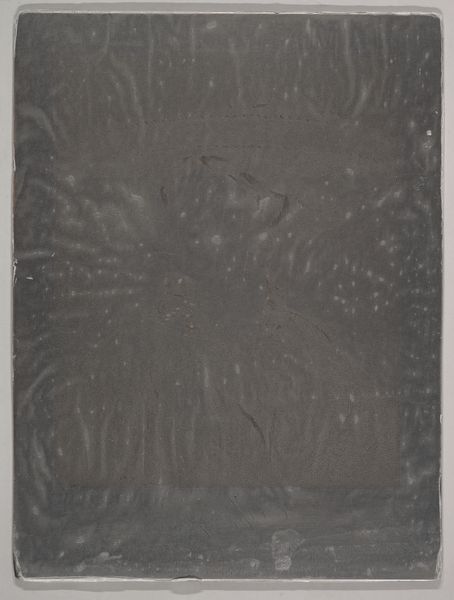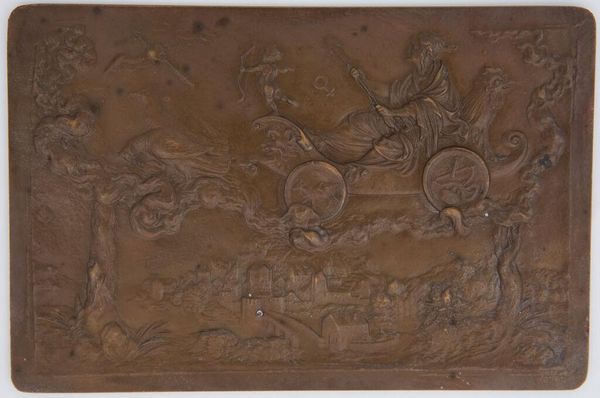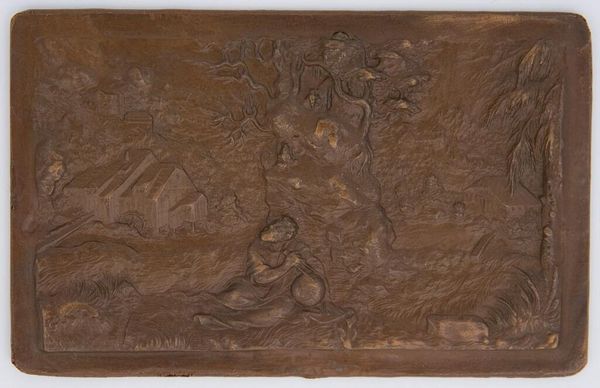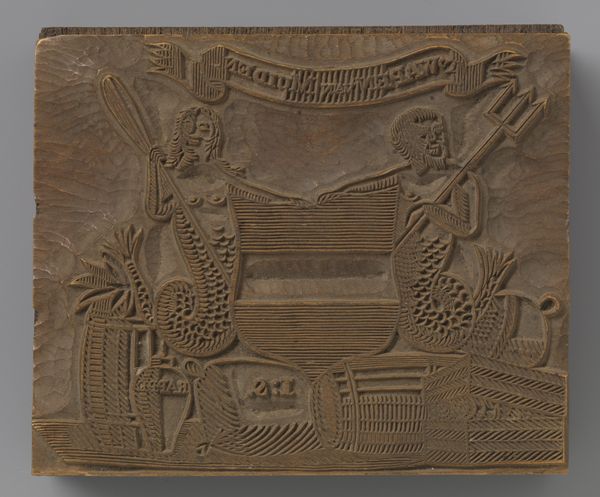
Capital, Greco-Roman Theater, Miletus (71. Milet. Théatre ant. chap.) 1843
0:00
0:00
carving, print, metal, daguerreotype, photography, sculpture
#
water colours
#
carving
#
worn
# print
#
metal
#
greek-and-roman-art
#
daguerreotype
#
photography
#
carved into stone
#
ancient-mediterranean
#
sculpture
#
mixed media
Dimensions: 4 3/4 × 7 3/8 × 5/16 in. (12 × 18.8 × 0.8 cm)
Copyright: Public Domain
Editor: We’re looking at a daguerreotype titled "Capital, Greco-Roman Theater, Miletus" by Joseph-Philibert Girault de Prangey, created around 1843. It’s a photo of what seems to be a weathered capital, maybe from a column, teeming with carved details. I’m immediately struck by how ghostly it feels; it makes you ponder about time and history. What leaps out at you? Curator: It whispers stories, doesn't it? This daguerreotype, with its silvery sheen, feels like holding a fragment of the past itself. I see a conversation between empires, between the grand aspirations of a civilization and the relentless kiss of time. The details are captivating – the acanthus leaves struggling to break free from the stone, those spiral volutes whispering of architectural ambition. But the real magic is how Girault de Prangey uses this new technology, photography, to capture not just the object, but also the feeling of being there, amidst the ruins. Does it make you think about the stories held within the stones themselves? Editor: Absolutely! It’s like the photo is trying to tell the story that the capital can't anymore. It's amazing how well the carvings are rendered considering how early this was in photography's timeline! It makes me wonder, though, if a photograph flattens the experience compared to seeing it in person. What are your thoughts? Curator: Ah, that's the rub, isn't it? Perhaps it does flatten the tangible experience, but it grants us a different kind of intimacy. Through the photographer's eye, we are given a focused glimpse, a curated perspective on a colossal relic. We trade the encompassing grandeur for a moment of concentrated observation, a chance to decipher the sculptor's intent, to feel the weight of history pressing down on that very spot. Editor: That's a great way to look at it! It's like we're time travelers, but instead of changing the past, we’re just…observing. This image definitely makes history feel less distant. Curator: Precisely! And maybe that's the true power of art: to collapse time, to bridge distances, and to remind us that we are all, in our own way, walking through ruins, piecing together stories from the fragments we find.
Comments
No comments
Be the first to comment and join the conversation on the ultimate creative platform.
